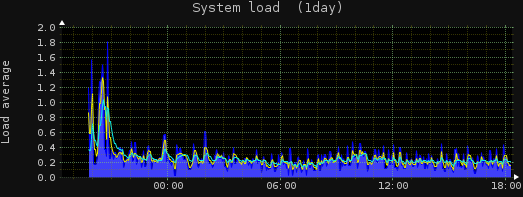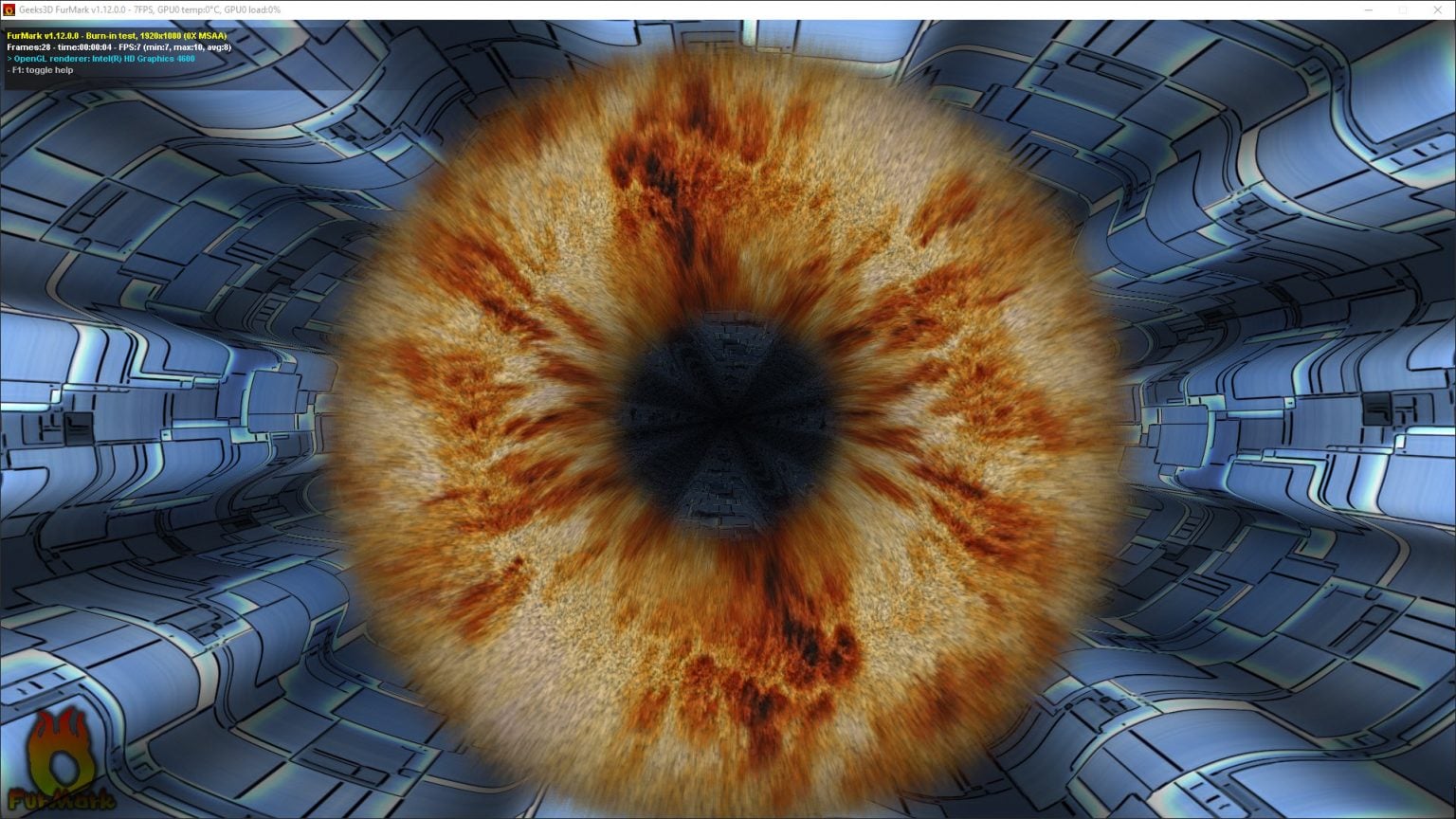

Thus, to extract fine structural details, one needs to average over multiple images of identical complexes to cancel noise sufficiently. Because radiation damage imposes strict limitations on the electron exposure, micrographs are extremely noisy. The work presented here addresses this second problem, to the end of drastically reducing the computational time and investment necessary for cryo-EM structure determination.Ī typical cryo-EM data set may constitute hundreds or thousands of images (called micrographs) of a thin layer of vitreous ice in which multiple individual macromolecular complexes (called particles) are imaged. Even at larger centres the computational requirements are so high that cryo-EM now suffers from a computational bottleneck. Second, processing the large amounts of data produced by these microscopes requires computational hardware that is not directly accessible to many labs. This is being addressed with acquisition of new equipment in a large number of departments worldwide, as well as the establishment of shared infrastructures ( Saibil et al., 2015). Although this has caused a rapid gain in its popularity, two technological factors still limit wide applicability of cryo-EM as a standard tool for structural biology.įirst, partly due to the steep increase in demand, access to high-end microscopes is limited. With the advent of direct-electron detectors and advanced methods of image processing, structural characterisation of macromolecular complexes to near-atomic resolution is now feasible using single-particle electron cryo-microscopy (cryo-EM) ( Cheng, 2015 Fernandez-Leiro and Scheres, 2016b). This enables high-resolution cryo-EM structure determination in a matter of days on a single workstation.

Memory requirements on GPUs have been reduced to fit widely available hardware, and we show that the use of single precision arithmetic does not adversely affect results.

Both image classification and high-resolution refinement have been accelerated more than an order-of-magnitude, and template-based particle selection has been accelerated well over two orders-of-magnitude on desktop hardware.
#2016 benchmark test gpu software#
Here, we present an implementation of the RELION image processing software that uses graphics processors (GPUs) to address the most computationally intensive steps of its cryo-EM structure determination workflow. However, the necessary calculations come at large computational costs, which has introduced a bottleneck that is currently limiting throughput and the development of new methods. By reaching near-atomic resolution for a wide range of specimens, single-particle cryo-EM structure determination is transforming structural biology.


 0 kommentar(er)
0 kommentar(er)
